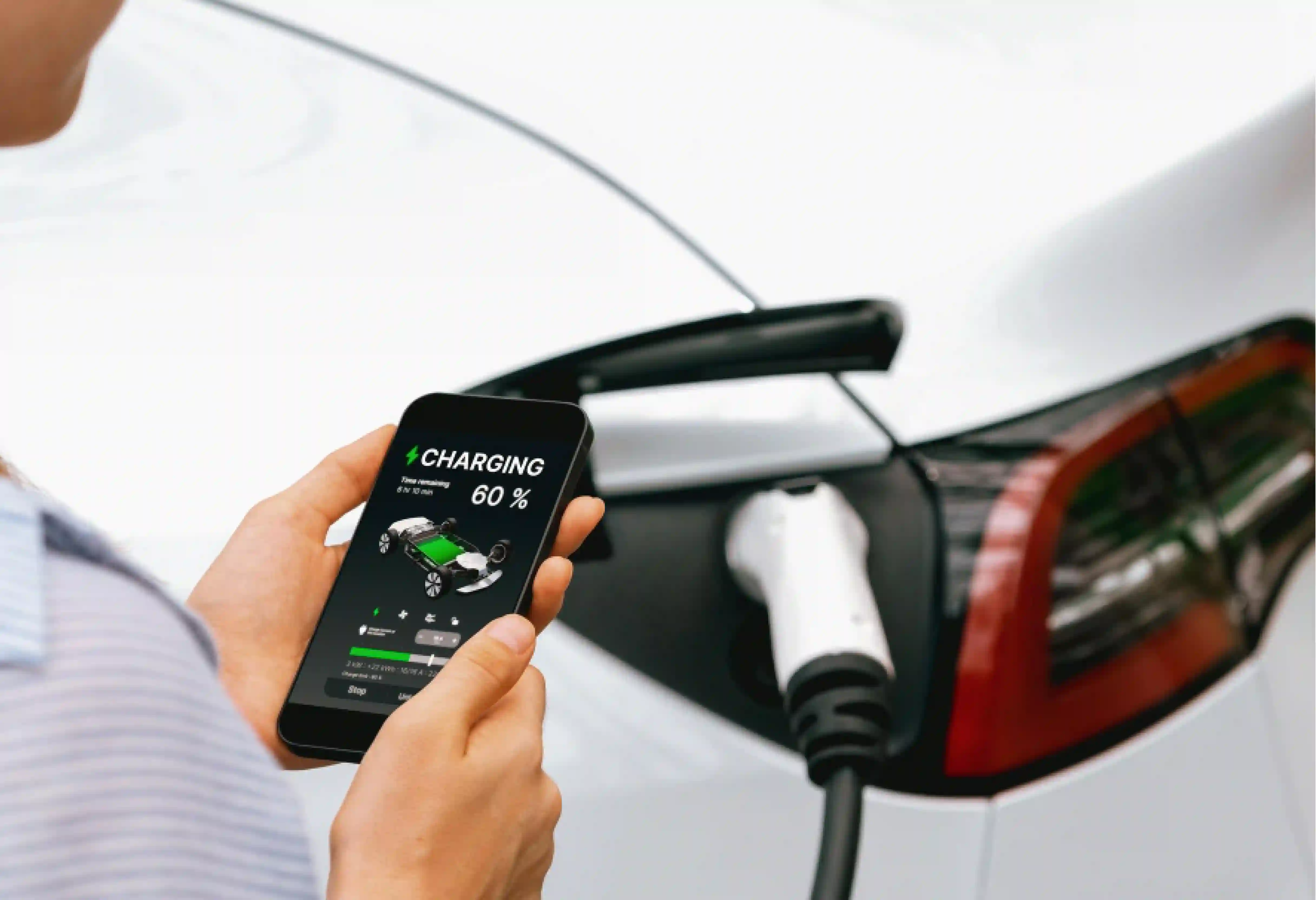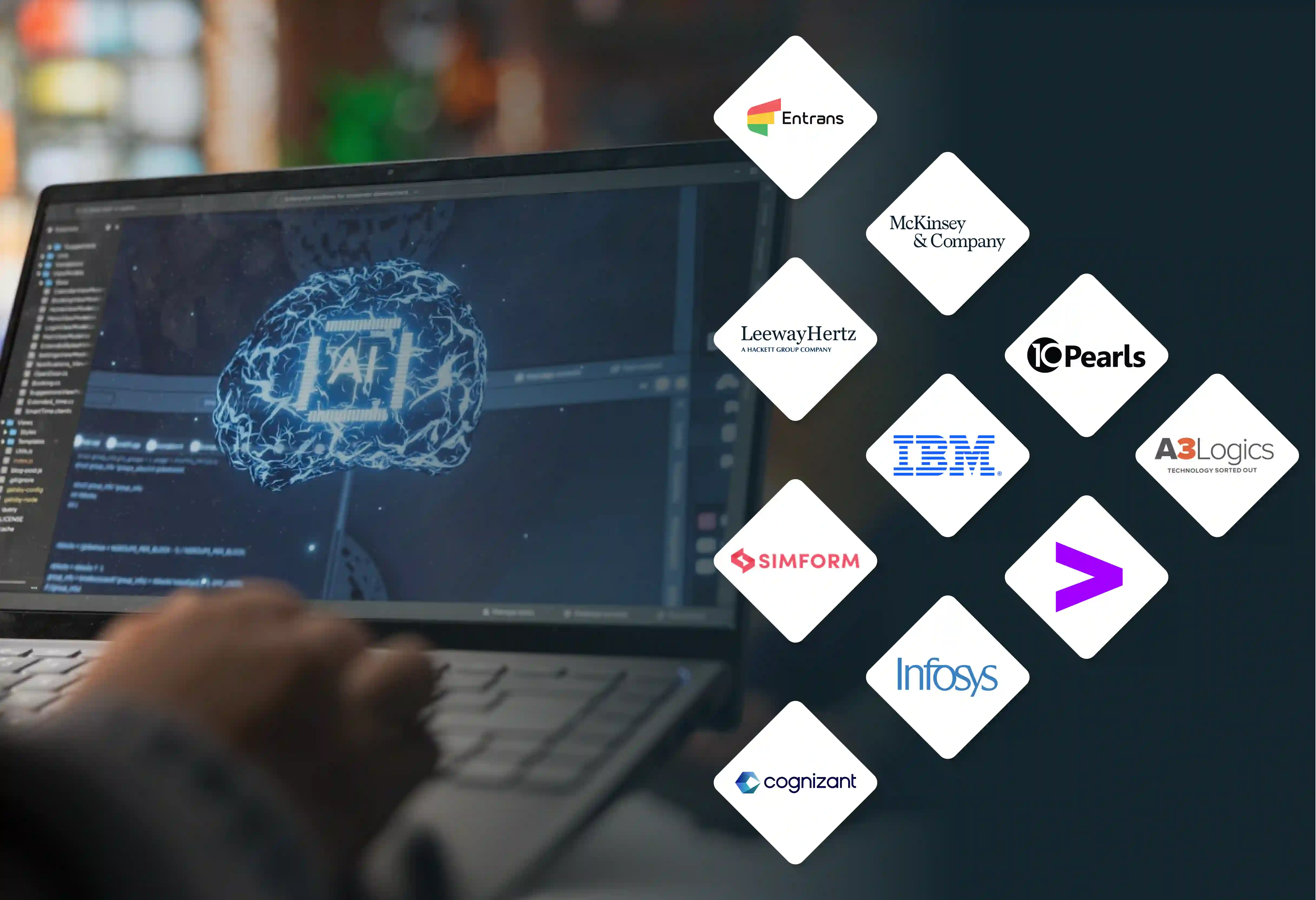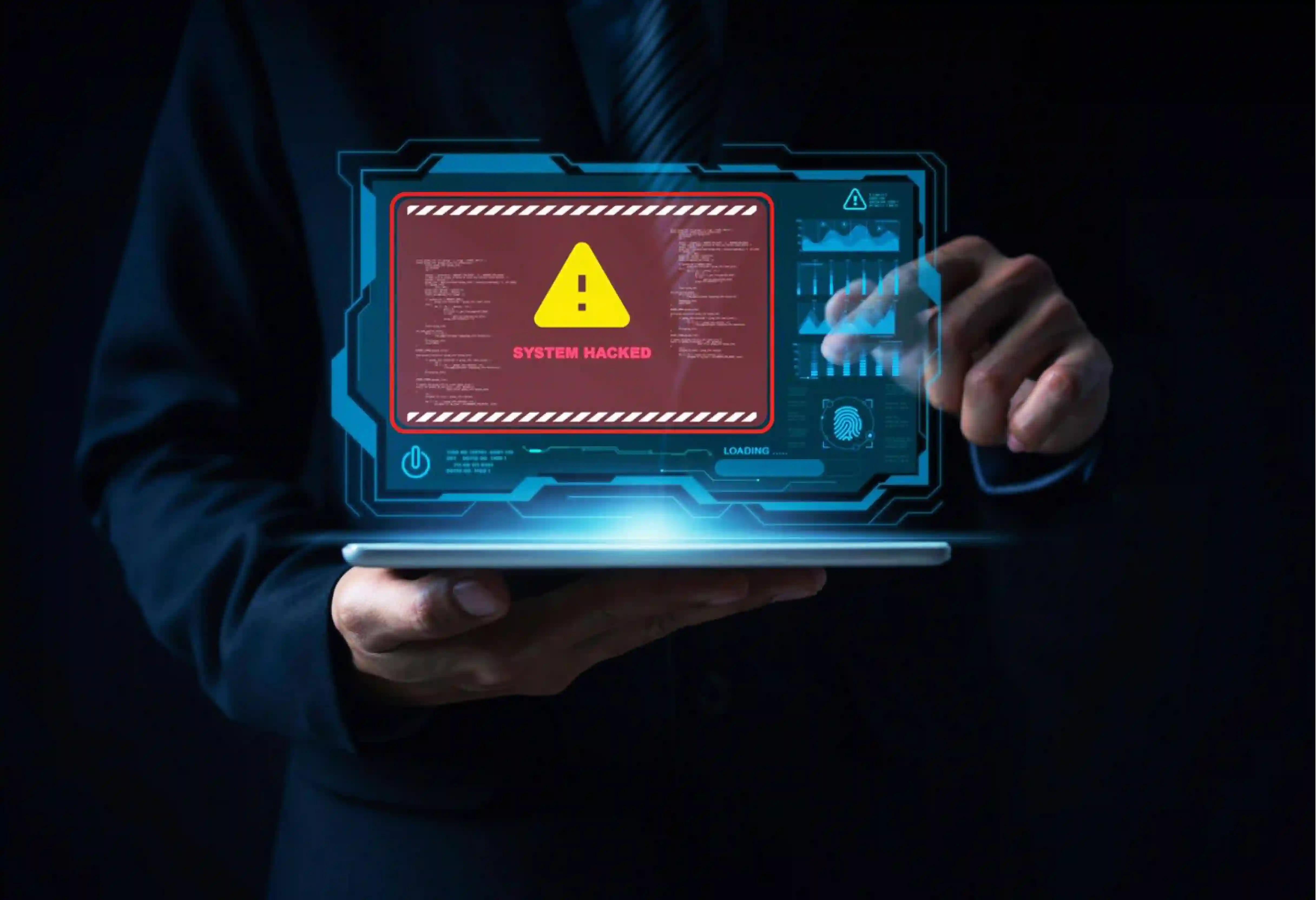


Is your EV charging network trapped in a single vendor's ecosystem?
Here’s the reality: Relying on closed, proprietary systems exposes your entire strategy to the whims of one company is reckless.
Or alternatively, your existing EV ecosystem may be over-reliant on an internet connection!
This can lock you out of future innovations and market opportunities (Also leading to lost revenue in the case of EV charging service companies).
Which is why you should standardize with OCPP! And here’s everything you need to know about it.
The Open Charge Point Protocol (OCPP) is a standard, open-source set of rules. It directs the communication between two parts of the charging system. The first part is the Electric Vehicle Supply Equipment (EVSE), also called a charging station.
The second part is a central software platform, which is known as a Charging Station Management System (CSMS). In other words, it gives a universal language. This language lets the physical hardware and the backend software talk to each other well. This works no matter who manufactured either part.
The protocol is set up to solve a key strategic problem: avoiding vendor lock-in. Vendor lock-in is expensive and can be a huge financial risk, leading to what is known as stranded assets.
OCPP is set up with a client-server architecture. In this arrangement, the physical charging station acts as the client.

OCPP is more than just a technical standard. It is a strategic piece that supports the economic health and competitiveness of the EV charging world.
The protocol has evolved over the years. Because of this, the industry now works with multiple versions. Each one comes with different features and limits.
This version came out in 2015. The JSON version of OCPP 1.6 is the most widely used around the world. In fact, it is the foundation of most existing charging networks today. It introduced some basic smart charging features.
These allowed for simple load balancing and scheduled charging. However, its security features were optional. It also does not have built-in support for newer functions like Plug & Charge or Vehicle-to-Grid (V2G).
Introduced in 2020, this version was a complete redesign. It was put together to deal with the weaknesses of 1.6. It is not backward-compatible with 1.6. This creates a big migration challenge for the industry. Its new features include the Device Model for getting detailed remote diagnostics.
It also has advanced, built-in security that uses modern encryption and a Public Key Infrastructure (PKI) framework. In addition, it has native support for ISO 15118. This makes a true Plug & Charge experience possible.
This version was released in January 2025. OCPP 2.1 is an evolutionary update that is fully backward-compatible with 2.0.1. This allows for a much smoother transition process. Its main feature is full support for V2X (Vehicle-to-Everything), including V2G.
This allows EVs to send power back to the grid. It also adds controls for Distributed Energy Resources (DER). This lets chargers connect with local energy systems like solar panels and batteries.
In the EV charging market, there is an important difference between a product being OCPP-compliant and being officially OCPP-certified. The Open Charge Alliance (OCA) runs a formal certification program.

Using OCPP in the real world means getting past some technical difficulties. These difficulties are related to reliability, security, and fleet management. A high-quality CSMS provider like Entrans delivers strong solutions to these real-world problems.
Open Charge Point Protocol produces a series of connected benefits. These benefits are felt at all levels of the EV charging value chain.
The greatest advantage is the freedom to choose hardware from different OEMs. CPOs can pick out the best charger for each specific location or need. They are not tied to one vendor's full system.
This protects their money. It also makes operations more efficient. For example, operators can carry out remote monitoring, reboots, and firmware updates. This greatly lowers the need for expensive on-site maintenance visits.
Creating an OCPP-compliant product greatly expands a manufacturer's potential market. They can then sell their chargers to any CPO, no matter what software backend the CPO decides to use.
This lets OEMs put their energy into their main skill: engineering new and reliable hardware. They can leave the complexities of cloud software to specialized software companies.
EV drivers are the final beneficiaries of the protocol. Interoperability leads to a more dependable and consistent charging experience. This directly helps with the common user problem of charger unreliability.
It also makes roaming possible. Roaming lets drivers use one account to charge up across many different networks. This is very important for making long-distance EV travel much easier.
Despite its good points, using Open Charge Point Protocol presents large technical difficulties. A high-quality CSMS like Entrans is designed to sort out these issues.
The migration from 1.6 to 2.x is another big obstacle. CPOs face the expensive choice of replacing their old fleet or running two different backend systems. Entrans supplies a fitting solution to this by migrating your entire infrastructure.
While the Open Charge Point Protocol gives the standard language, the Charge Point Management System (CSMS) acts as the intelligence. It turns the protocol's power into real business value.
A top-tier CSMS like Entrans takes away the protocol's complexity. It gives CPOs simple, powerful tools to manage their network and maximize their revenue.
By supporting the latest 2.1 features, Entrans helps companies protect their hardware investments for the future.
Want to see how Entrans can help you with your OCPP implementation? Reach out for a free consultation.
OCPP standardizes communication in the electric vehicle charging industry. It connects physical EV charging stations to a central software management system. This allows different brands of hardware and software to work together in one network
OCPP stands for Open Charge Point Protocol. It is an open-source application protocol, which means it is a free set of rules for communication. Its main purpose is to serve as a universal language so that any charging station can communicate with any management network
Historically, Tesla has used its own private protocol for its Supercharger network instead of OCPP. However, to support charging for other brands and qualify for government programs, newer Superchargers with a "Magic Dock" adapter are now OCPP compliant. Additionally, other products like the Tesla Universal Wall Connector are also certified for OCPP 1.6, allowing them to be used with third-party management systems.
OCPP manages the communication between a single charging station and its central management software. In contrast, the Open Charge Point Interface (OCPI) is a separate protocol that manages communication between two different charging networks. In short, OCPP is for managing chargers, while OCPI is for connecting entire networks to allow for driver roaming.
The main use case of OCPP is to operate a network of EV chargers from one central software system. Operators use it to perform key functions like authorizing drivers, processing billing data, and remotely monitoring the status of each charger.





